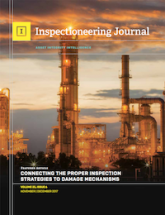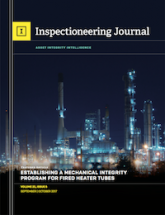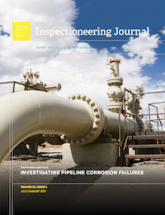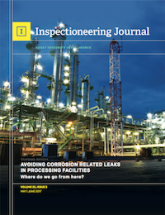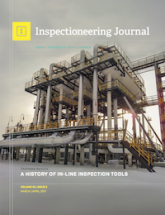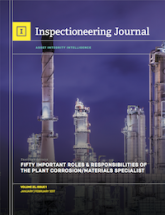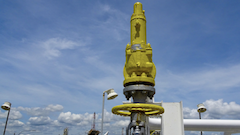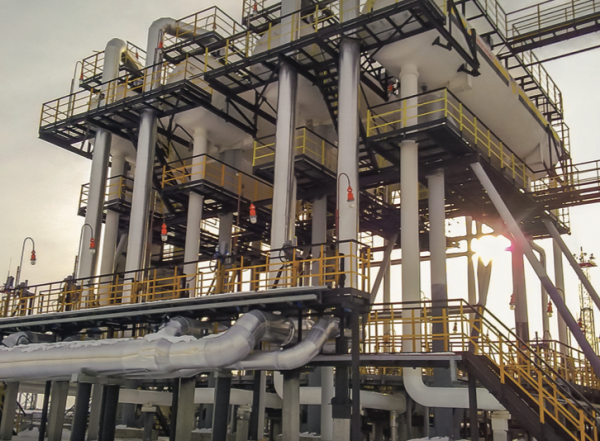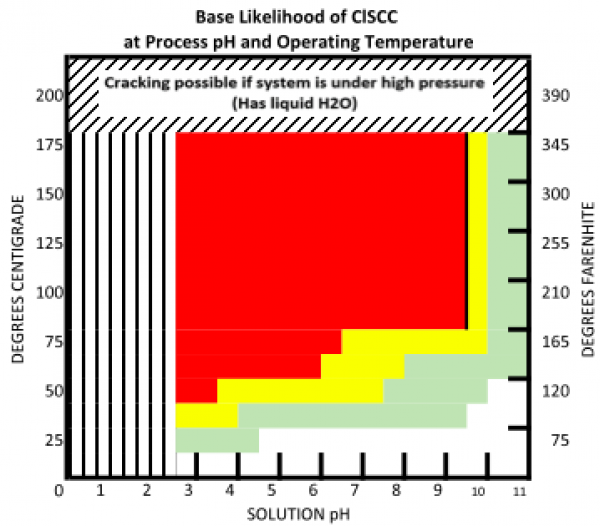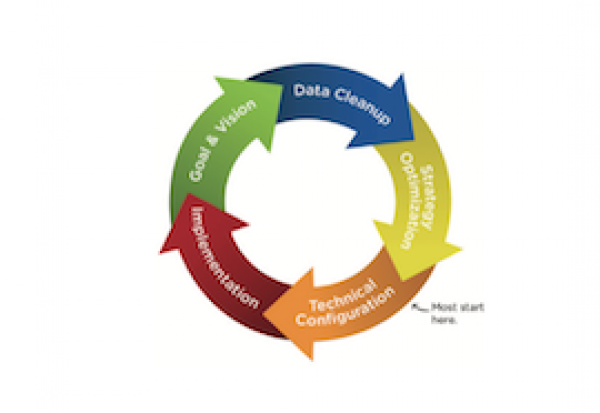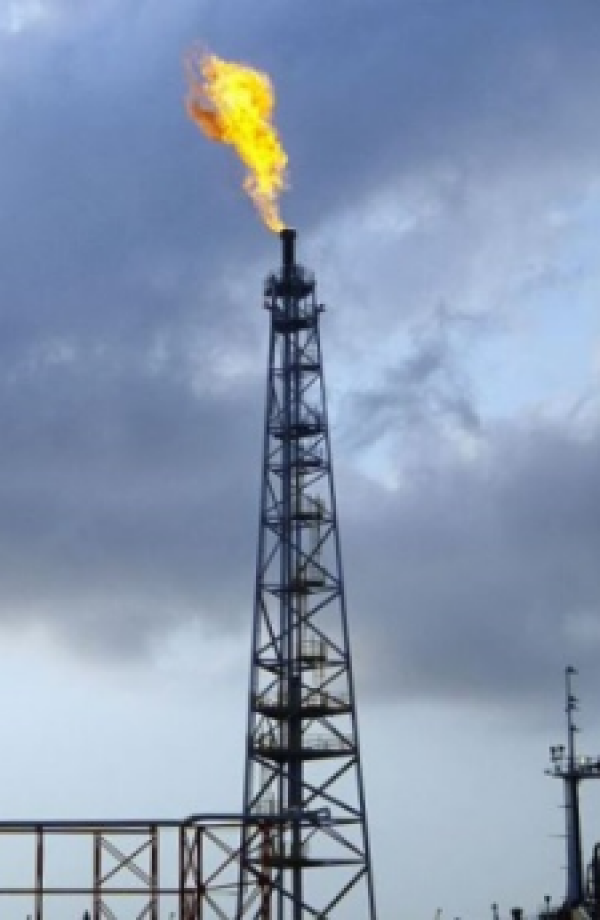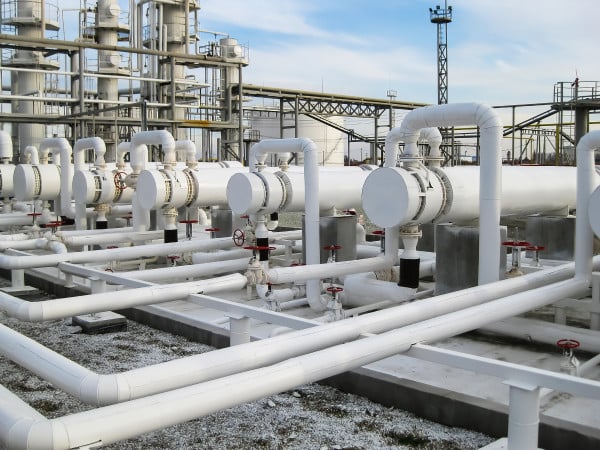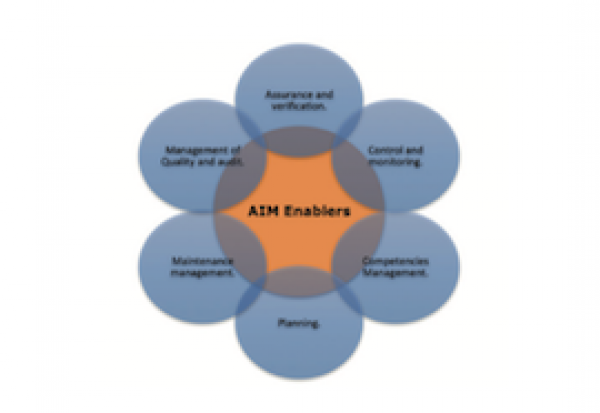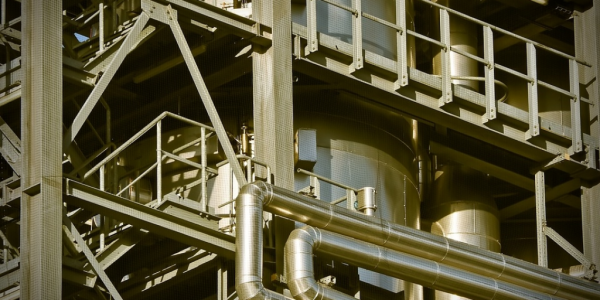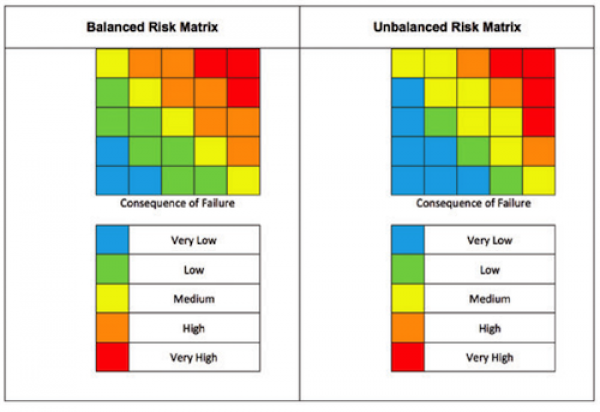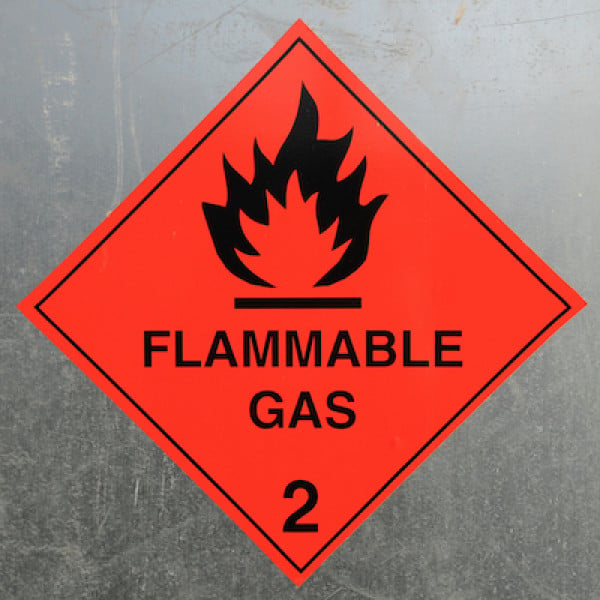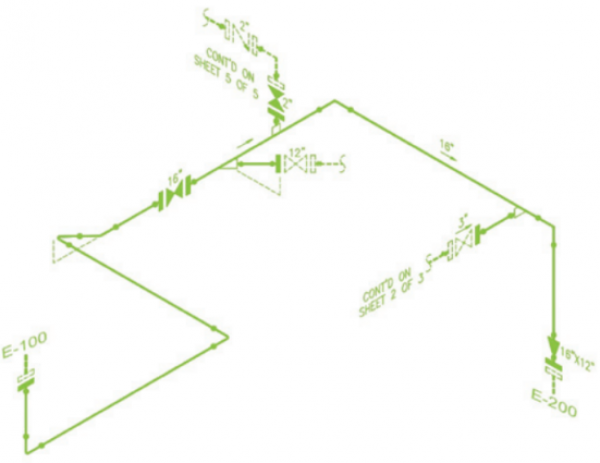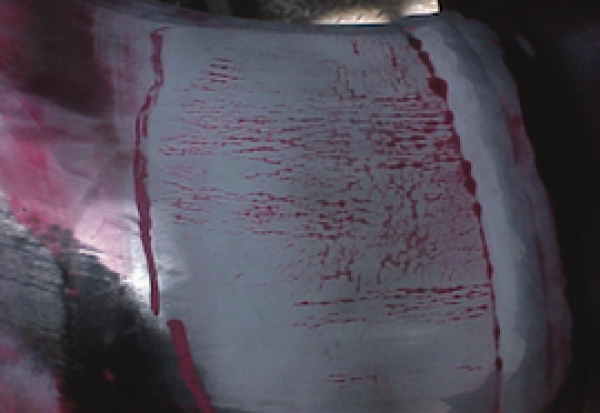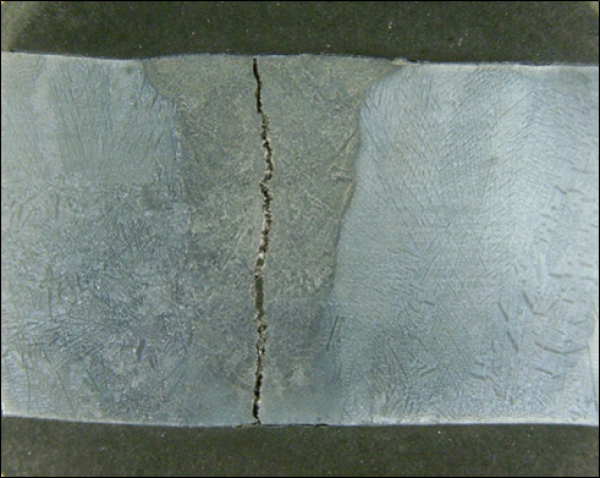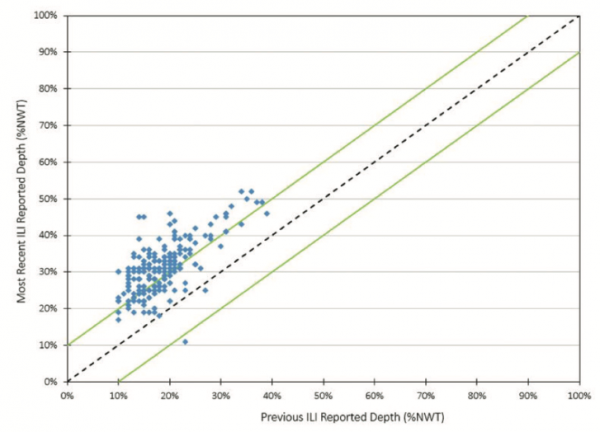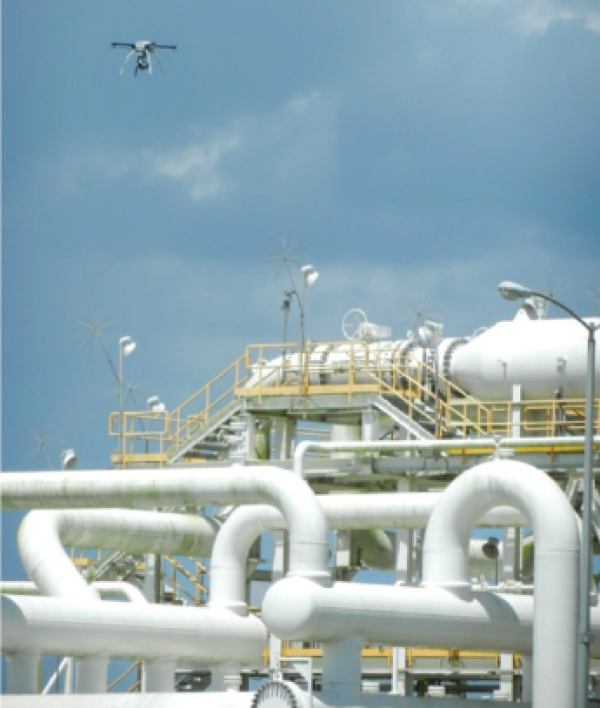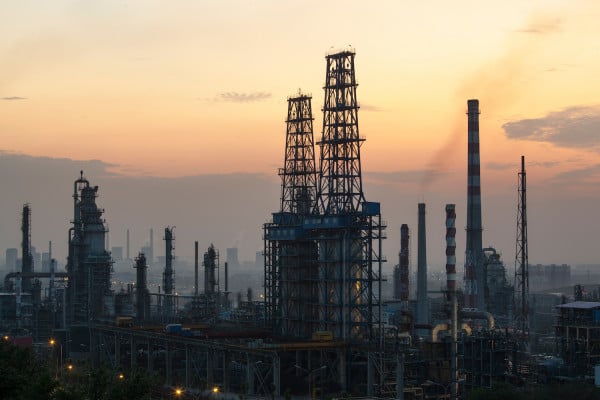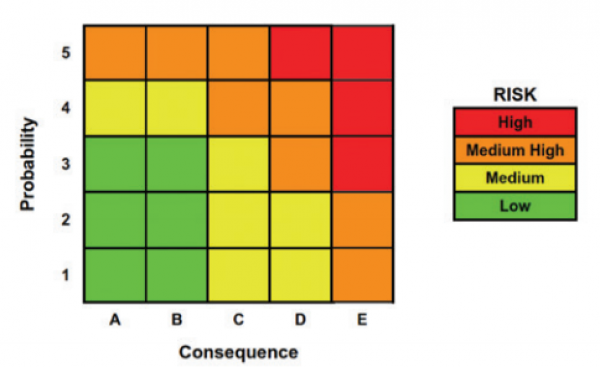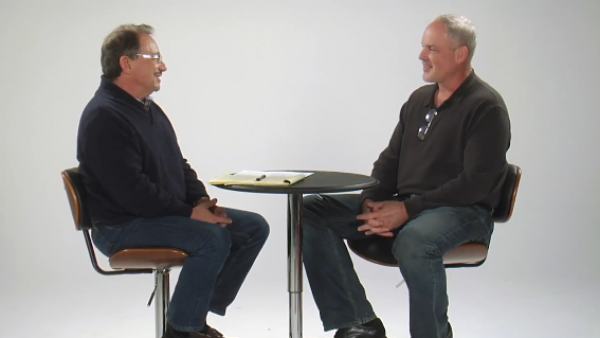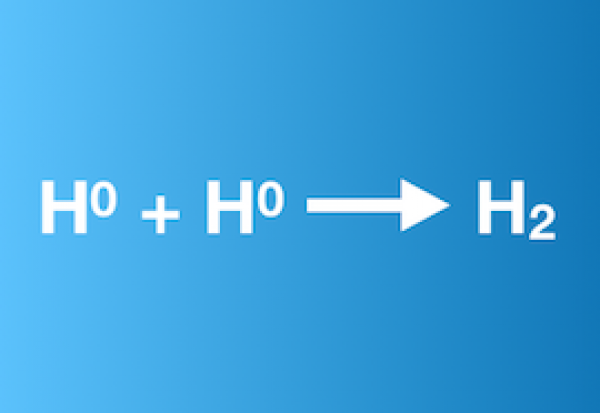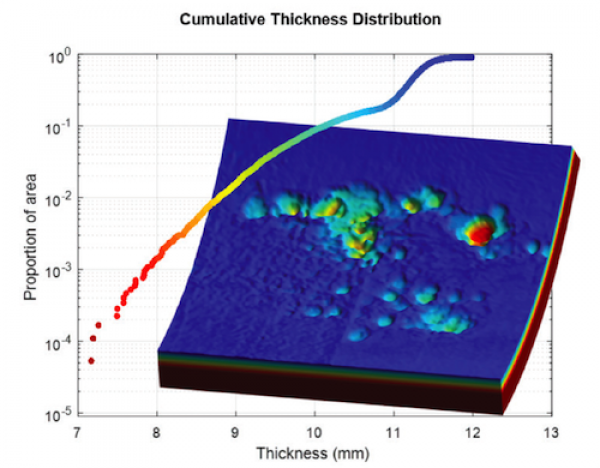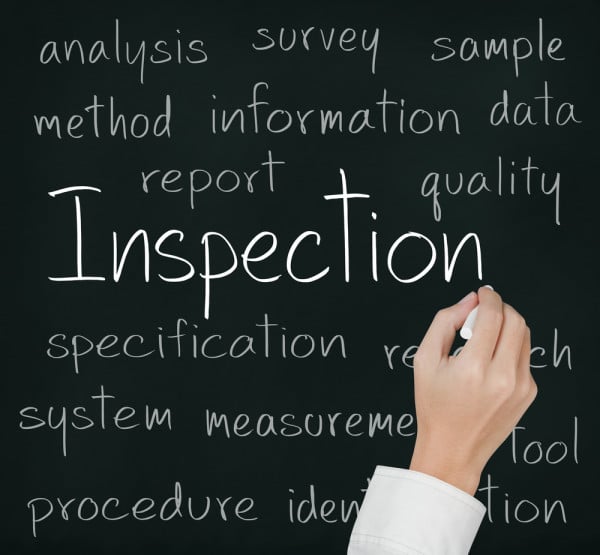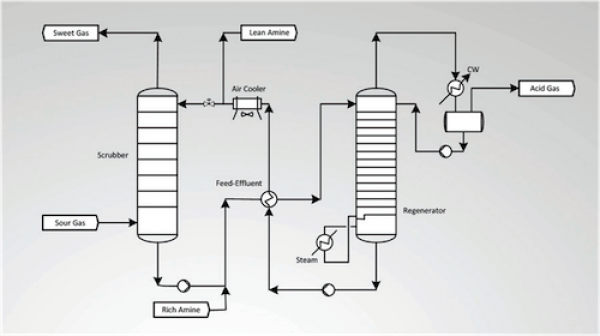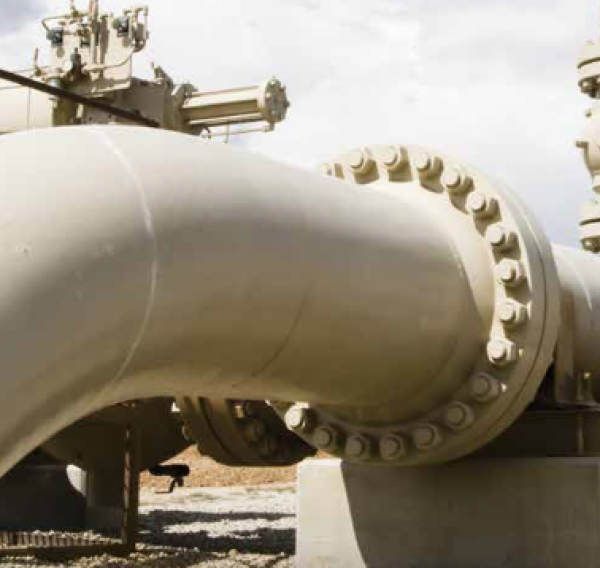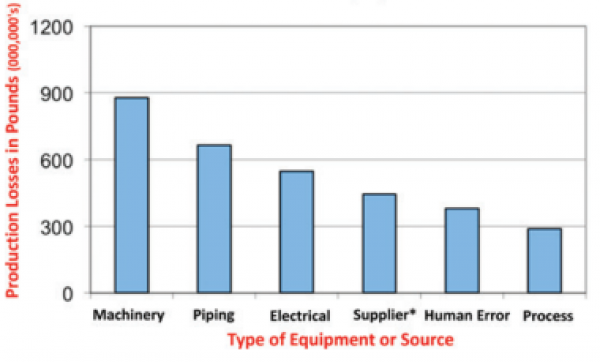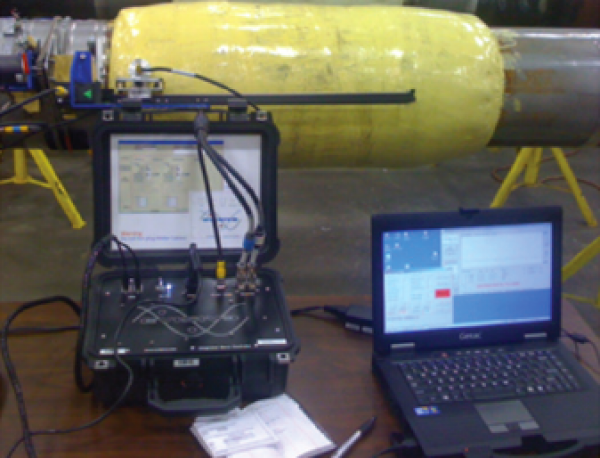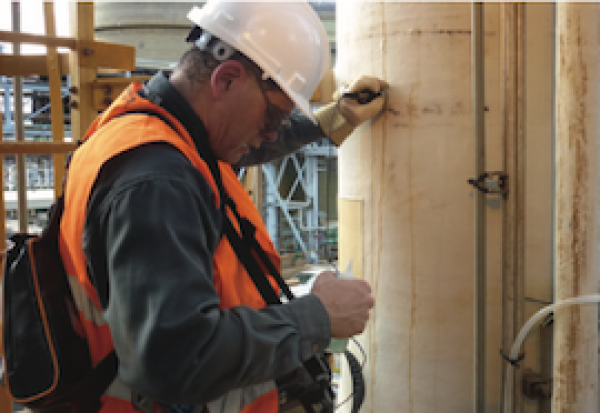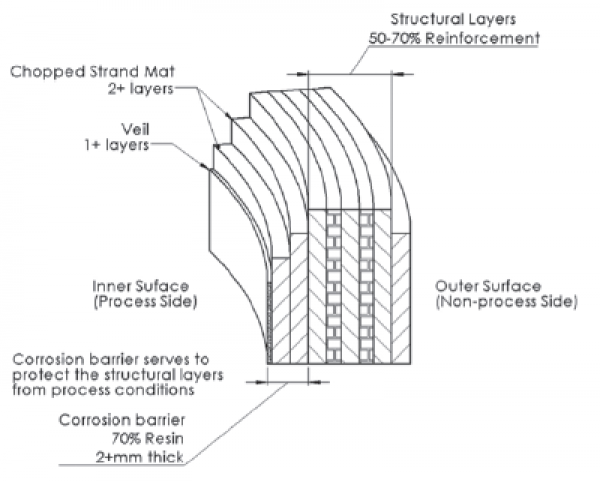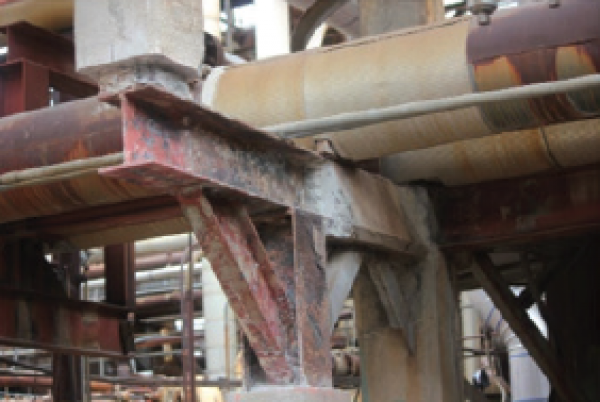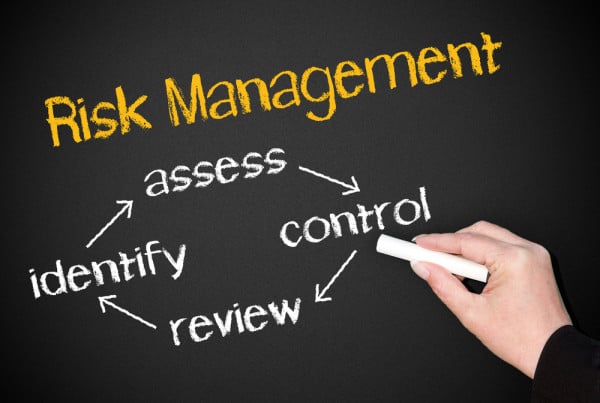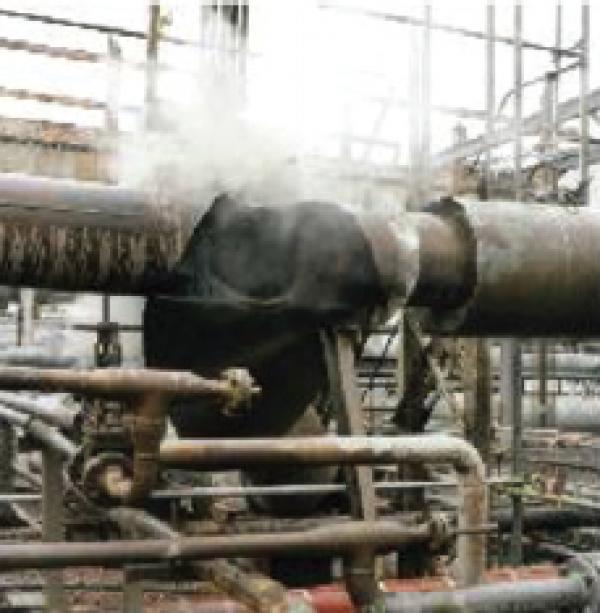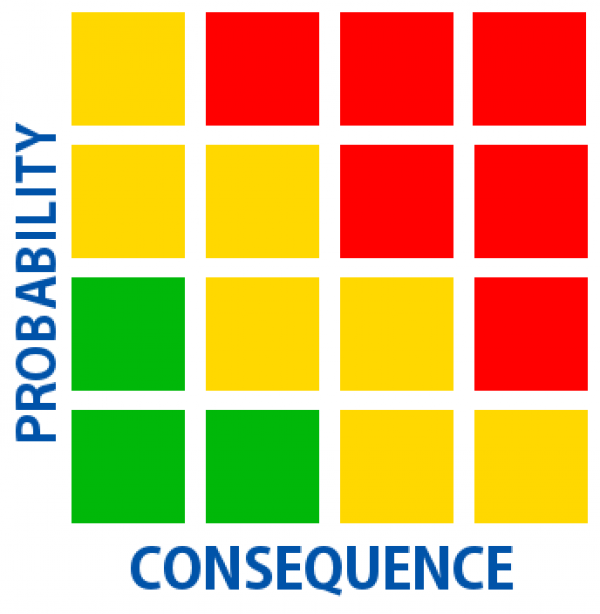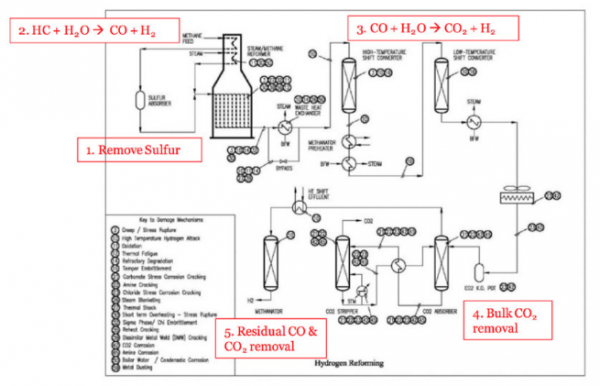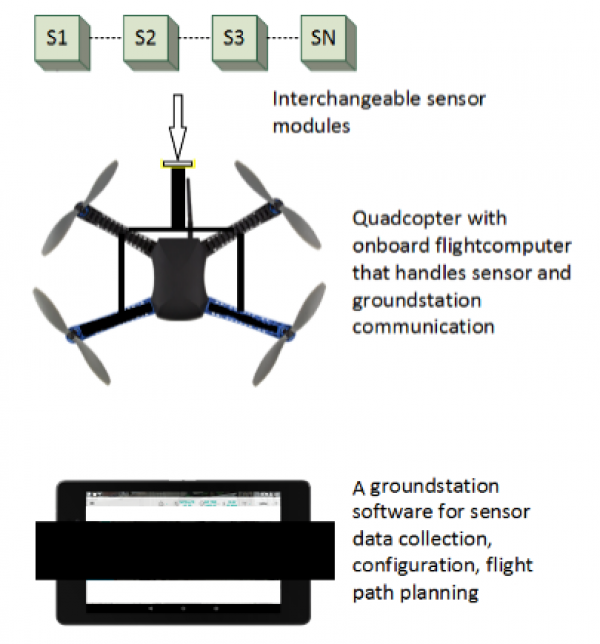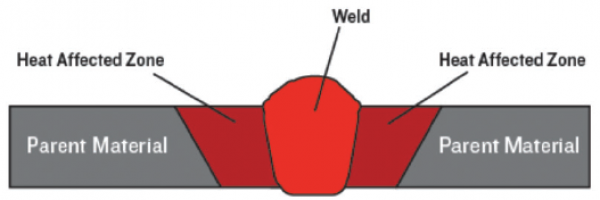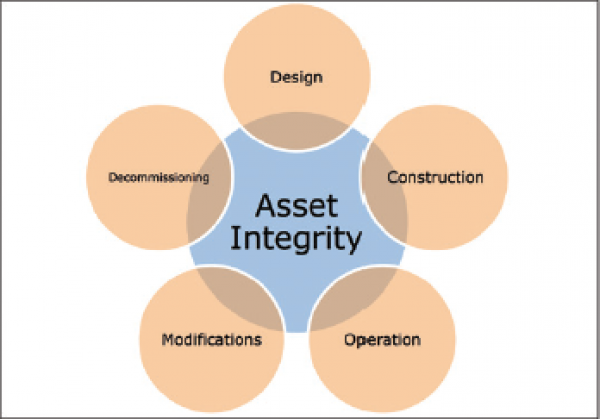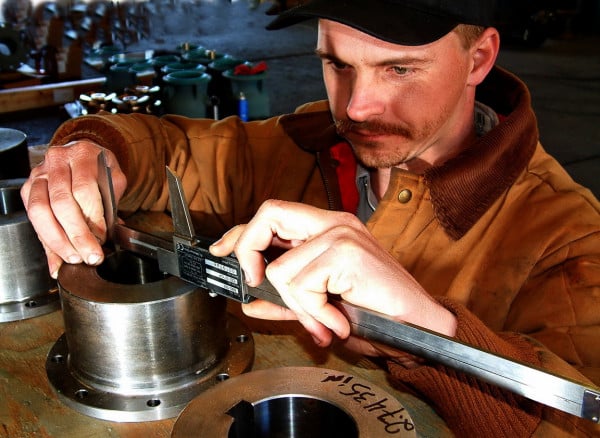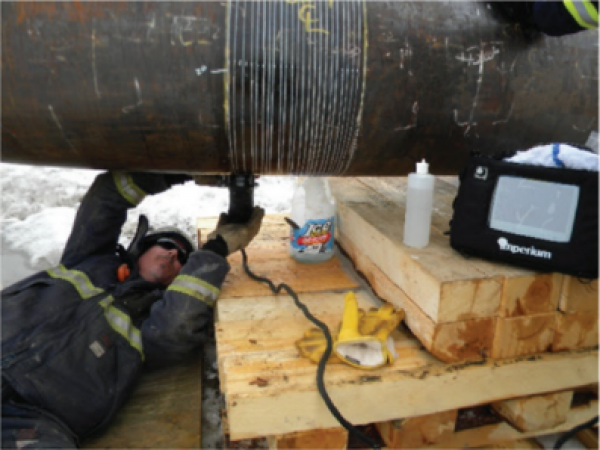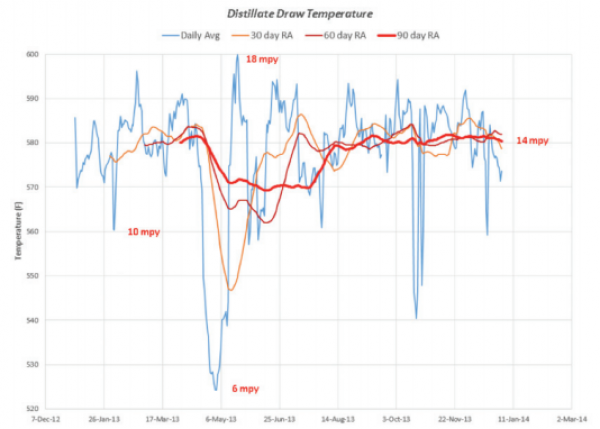Achieving the Full Potential of Asset Performance Management Platforms
Asset Integrity Management Enablers
Connecting the Proper Inspection Strategies to Damage Mechanisms
Convection Section Failure Analysis and Fitness-for-Service Assessment
Determining Pipeline Corrosion Growth Rates
Hamstrung by Hydrogen Damage Mechanisms
Non-intrusive FRP Inspection for Avoiding Premature Asset Retirement
Best Practices for Implementing a Risk Based Inspection (RBI) Program
Ensuring the Integrity of Oil and Gas Assets
Establishing a Mechanical Integrity Program for Fired Heater Tubes
Process-Based Risk Management: Layers of Protection to Avert Production Losses
The Role of Operations in Shutdown and Startup Best Practices
Advanced Buckling Analysis of a Reactor Tank Supported by Four Legs
Are Your FEMI KPIs Getting Old and Stale?
Beyond Hazardous Area Classification Mechanical Equipment Ignition Sources
Drone Inspection and NDT in the Oil, Gas and Petrochemical Industry
Establishing Risk Thresholds or Targets for RBI
Fight-or-Flight Inspection: Don't Let Big Findings Cloud the Big Picture
Investigating Pipeline Corrosion Failures
Making Bad Actor Elimination Programs Work
Microwave Inspection Technology Applied to Composite Pipeline Repair
Avoiding Corrosion Related Leaks in Processing Facilities
CML Optimization: Effective and Efficient Coverage and Placement
Fixed Equipment Mechanical Integrity (FEMI) Resources – Past vs. the Present
Novel Inspection System Aligns FRP and Metallic Asset Management Approaches
Pay Attention to the Condition of Your Passive Fire Protection and the Potential Risk It Hides
Risk Based Methodology for Industrial Steam Systems
Risk: An Ever Present Challenge
The Power of Proper Post-Weld Heat Treatment
A History of In-Line Inspection Tools
An Overview of Flare Systems for the Oil and Gas Industry
Executive Q&A with Clay White, Director of Mechanical Integrity for Phillips 66
Safe Operation of Aging Hydrogen Generation Plants
The Impact of Drones on Industrial Facilities
The Piping Integrity Management Challenge
Understanding Code Compliant Ultrasonic Testing
2017's Leadership "To Do List" - Business Processes and their Importance
Fifty Important Roles & Responsibilities of the Plant Corrosion/Materials Specialist
Harnessing the Power of Big Data to Drive Improvements in Reliability and Maintenance
Identifying Common Mistakes in Inspection Interval Determination
Piping Inspection – Much More Than Thickness Monitoring
Risk Management (RBI/Reliability) in a Lean Operating Environment and Uncertain Future
The Time Is Now for Intelligent Leaders to Embrace Technology
2017 Inspectioneering Journal Article Index
We are headed into an era of unprecedented challenges when it comes to software and work process integration. The stakes are high for those who wish to seize the opportunity, especially early adopters and the early majority.
TEAM provides full inline, onsite and, shop valve repair services and maintenance programs for virtually all valve types, brands, sizes, materials, pressures, and operating conditions, including actuators and operators. Our valve repair solution...
The purpose of this article is to describe the various in-line inspection (ILI) technologies that are currently available to the market. The pros, cons, and applicability of each type of tool will be discussed in greater detail.
Historically, if asked when or how likely an austenitic series stainless steel component is to crack, the usual answer was “very” or “maybe” or, later, “I didn’t see that coming.” With API’s new risk assessment methodology, the...
APM implementation is anything but a pain-free process. Blame tends to fall on vendors, but there are oftentimes activities that do not get completed that tend to have a larger effect on the success of implementation. This article addresses some of...
This article outlines the engineering and assessment methodologies applied during the analysis of a failure of a 15-foot diameter reactor tank supported by four legs.
Flare systems provide hydrocarbon facilities with safe and efficient discharge of relief and waste gases by controlled open flame burning. This article provides information on the selection, inspection, and maintenance of various types of flares.
Are your key performance indicators actually driving improvement? Could they be more effective? In this actionable and concise article, John Reynolds is back again to discuss some KPIs you could be using to monitor your progress down the path to...
The goal of achieving effective asset integrity management (AIM) throughout an asset’s life cycle requires certain “integrity enablers.” This article discusses six integrity enablers and their importance to a successful AIM program.
Read a firsthand account of how organizing Process, People, Plant, and Performance can reveal breakdowns in your corrosion management practices and drive down corrosion related leaks.
The challenges companies face when implementing an RBI program from scratch can make the practice seem daunting. To ensure that implementation is completed smoothly and the benefits of RBI are quickly realized, there are considerations that should...
In deflagration incidents, electrical arcs and electrostatic sparks are often considered to be primary ignition sources. However, there are a variety of other ignition sources. Do you consider mechanical equipment and the significant non-electrical...
In this exclusive interview, you’ll hear from Eddie Acosta, Reliability Manager at Placid Refining. During our discussion, he shared some of their challenges, strategies, and a transparent glimpse into some the real issues in his 82,000 bpd...
Effective condition monitoring location selection is a key component of a best-in-class mechanical integrity program. Learn how moving beyond traditional qualitative approaches to optimized CML selection can reduce risk and maximize the value of...
Thanks to the development of documents such as API RP 571 and API RP 586, as well as the emergence of qualification demonstration testing, we can align NDT techniques and inspection strategies better than ever. This article examines this progression...
In-service equipment failures present a considerable challenge to reliability engineers. This article presents a case study of a convection tube failure in a furnace and the analyses that were performed to understand the root cause and determine the...
This article explains the Statistically Active Corrosion Assessment, which is a tool for determining appropriate and realistic corrosion growth rates which can assist pipeline operators in optimizing the value of in-line inspection data.
The adoption of drones for use in industry is a trend that has grown rapidly over the past few years. As the technology increases in popularity, its capabilities continue to evolve beyond basic imaging, boosting the list of ever-growing applications.
Ensuring the integrity of oil and gas assets is a challenge for oil and gas operators. This article discusses several “pillars” of asset integrity management on which successful O&G operations rely, including Material Selection, Process...
Fired heaters are among the most critical equipment in refineries and chemical plants. This article provides an overview of what a fired heater tube mechanical integrity program should include.
Establishing risk targets is an important aspect of any risk-based inspection (RBI) program and is a requirement of API RP 580. Metrics and consistency are important considerations for those using RBI to measure and manage risks as part of their...
Inspectioneering Founder & Chief Editor, Greg Alvarado, recently had the privilege to sit down with Clay White, Director of Mechanical Integrity for Phillips 66 (Downstream), to discuss the world of fixed equipment reliability in the refining and...
In this article, the roles and responsibilities of the corrosion and materials SME will be outlined as I see them, fully recognizing that there is probably no one person out there with all the knowledge and skills suggested herein.
3 common repair scenarios include routine maintenance, scope repairs, and major discoveries. An inspector’s ability to properly manage each situation can mean the difference between mechanical integrity success and failure.
35 years ago, an inspection supervisor, some inspectors, and a project engineer could cover an entire refinery. So why are so many more mechanical integrity resources needed today?
Hydrogen is a common culprit of equipment damage in the process industries. As hydrogen-induced damage can occur in multiple forms, it’s critical to identify the specific damage mechanism you’re dealing with before undertaking measures to...
This article covers where to start, what to look for, and how to execute a data and systems-focused performance improvement project that can drive large overhead savings.
Due to its high-cost, Level 3 FFS is typically carried out after Levels 1 or 2 and only in extreme cases. However, advancements in inspection technology and improved use of inspection data have made Level 3 analysis more practical and affordable,...
Some facilities lead the industry with streamlined RBI/IOW programs, and some facilities are just implementing standard calendar-based programs. Both are still susceptible to inspection interval gaps.
Amine systems that scrub H2S from hydrogen-rich gas experience rapid fouling of the heat transfer equipment, especially in a hot summer. Learn how temporary cooling solutions can improve process conditions during critical periods of the year with no...
Failure analysis of piping that has experienced corrosion damage provides operators with valuable information needed to prevent future failures. Effective processes and procedures are essential when investigating the cause of corrosion on pipelines..
Most plants have pieces of equipment with chronic problems that impact profitability due to the frequency of outages, cost of repairs, and lost production. It is critical that specific actions are taken to identify and eliminate these “Bad...
With the IMS Suite, you can calculate optimal intervention periods and lay out efficient maintenance strategies. Click here to learn more.
Composite technology developed for pipeline repair can be a cost-effective method of improving safety while keeping maintenance costs down. However, composite materials present significant challenges to conventional NDT methods.
This article, part two in a series, provides a case study of an inspection and evaluation of a Fiberglass Reinforced Polymer (FRP) column using nondestructive ultrasound readings on the outer surface of the FRP.
Discover a new ultrasonic inspection approach that provides quantified mechanical integrity and conservative remaining service life information on fiberglass reinforced plastic equipment.
Are you giving CUF the attention it deserves? Learn the vital role fireproofing plays in maintaining the integrity and reliability of what it protects as well as what's needed for managing potential CUF issues.
Evaluating remaining wall thickness of an asset is not enough to ensure its continued safe operation. Proactive strategies should be implemented to assess the entire environment affecting an asset’s condition, including the development of more...
Although value-drivers often differ between facilities, all can agree that effective asset management strategies should lead to better decision making. In this case study, the authors detail how process-based risk management strategies can make for...
Steam systems account for almost a third of the energy used in industrial applications for product output. Maintaining their integrity and efficiency is vital. Learn how an effective risk-management process aids in the optimization of these critical...
This article presents a perspective on the human factor and emphasizes the value of using risk tools at all levels in the organization to help provide management focus during times of severe economic pressure.
Risk is an inherent aspect of asset management. Unfortunately, controlling it is easier said than done. Risk must be managed beginning with the initiation of a project and lasting until completion. How can one implement a reliable risk management...
This article discusses the use of the RBI methodology supplemented by a well-designed IOW program to assess and manage aging in fixed equipment and piping in hydrogen generation units.
Application of drones in industrial inspections is not new, although it is still performed by only handful of companies. Market penetration of this technology in the industrial space has been relatively slow.
Myths, challenges, and good practices related to process piping integrity management activities that help inspection and maintenance managers make the right decisions to develop cost-effective piping inspection plans without compromising the...
The "simple" process of PWHT is more complicated than it may appear at first glance. Knowledge of the procedures, attention to details, and actual experience are indispensable in preventing failures caused by improper PWHT.
With class-leading thermal performance, superior CUI defense, and complimentary engineering support, our aerogel insulation solutions are a top choice in helping facilities drive energy efficiency, improve safety, increase yields, and reduce downtime
Asset integrity and life cycle management are unique but intertwined concepts. The dynamic process between these principles has a significant impact on the lifecycle of individual assets and, therefore, the integrity of an entire plant.
Detailed operations planning and scheduling is an essential, yet often marginalized, element of an effective turnaround. To increase the likelihood of executing successful turnarounds, facilities should create and update sound operational shutdown...
Although commonly lumped together as a singular acronym, there are important distinctions between Quality Assurance (QA) and Quality Control (QC). This article defines and distinguishes the role of QA and, in particular, how source inspection...
Today’s intelligent technology can provide is interoperability, mobile data collection, cascading questions, picture referencing, photo annotation, data funneling and cost savings.
This article summarizes a comprehensive survey conducted by the Research & Development Center (R&DC) of Saudi Aramco to understand top corrosion damage mechanisms experienced by its operating onshore surface facilities.
Ultrasonic phased array allow for a variety of structures to be inspected without radiation or taking equipment out of service. Codes are now being developed which allow phased array systems as an acceptable inspection technique for many procedures.
Integrity Operating Windows (IOWs) have a subset of operating variables that are important for degradation monitoring, but may not have direct operational controls. Per API RP 584 Integrity Operating Windows, these are known as IOW Informational...
